Secrets to Creating Engaging Recipes
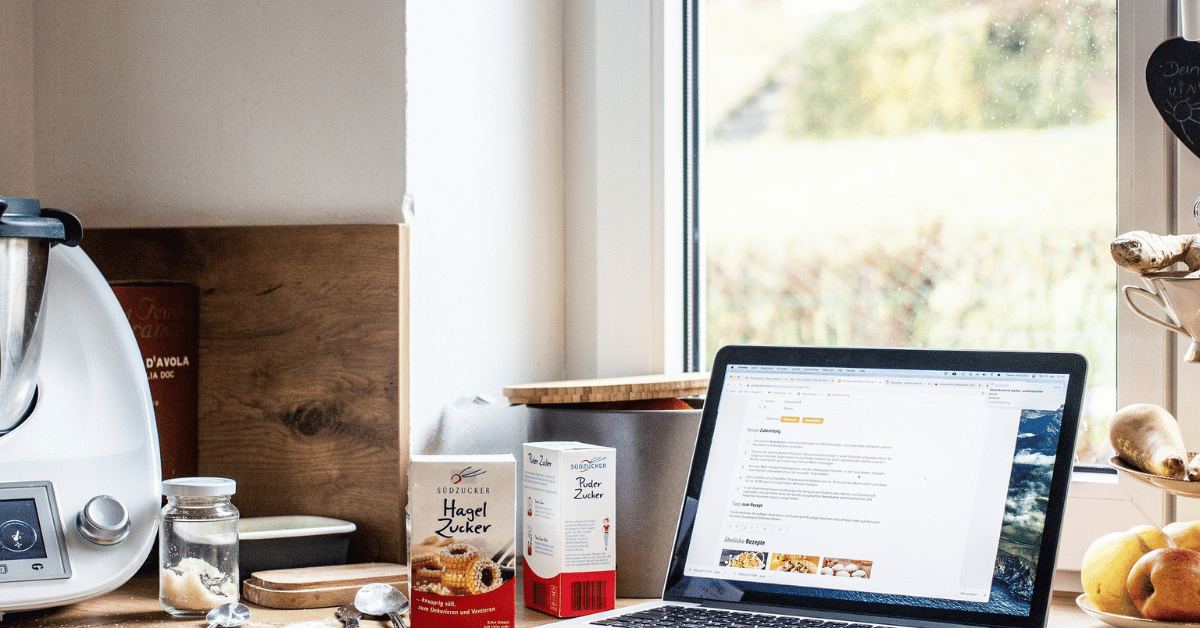
Have you ever scrolled through endless recipe pages?
Did you find yourself closing the tab out of boredom?
We’ve all been there.
But fear not, fellow food enthusiasts!
Here’s the secret:
Engaging in recipes is about more than just about the food.
They’re about sparking excitement and igniting the imagination.
This blog post will reveal the magic recipe for crafting recipes. They shouldn’t just tempt taste buds and make you eager to dive into the kitchen.
We’ll explore turning recipes from dull instructions to culinary adventures. We’ll look at layering flavours and textures and weaving a captivating story.
So, grab your whisk and get ready to unleash your inner recipe rockstar!
The Recipe’s Secret Sauce: Flavor & Texture
When crafting an engaging recipe, flavour and texture are the dynamic duo that steal the show. Flavour and texture are the magic ingredients.
They turn a simple dish into an unforgettable meal.
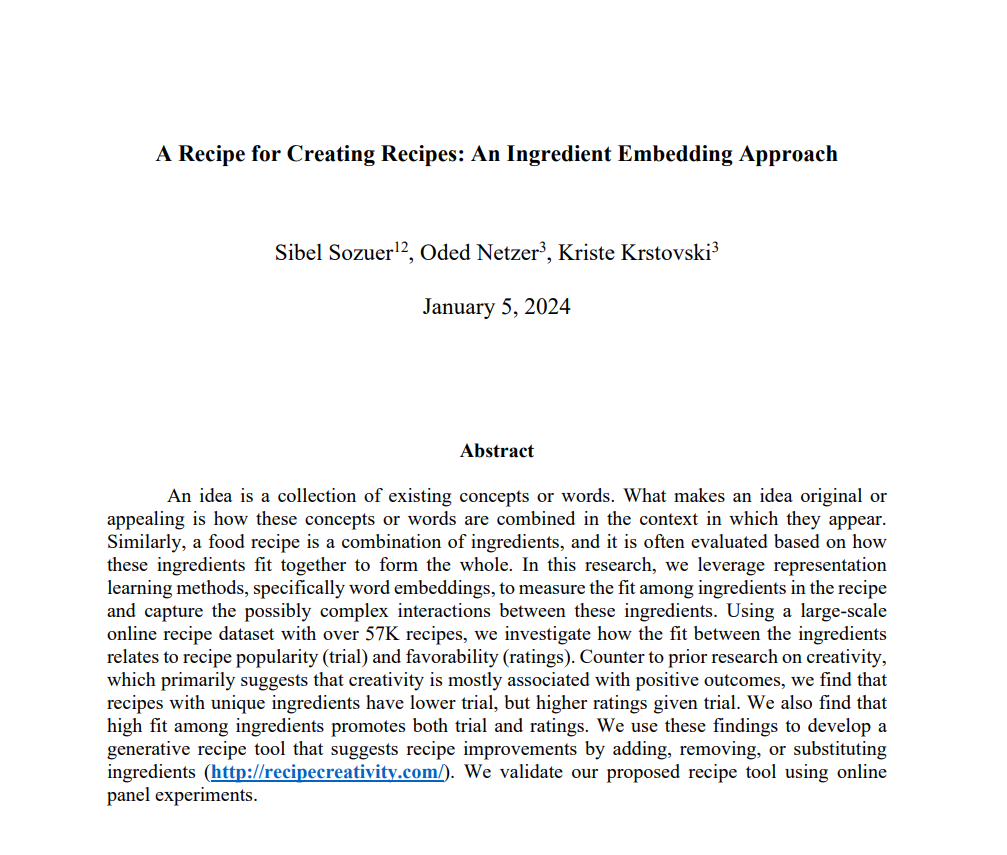
Let’s dive into the secrets of harnessing these powerhouses.
Flavour Profiles
Imagine a symphony orchestra.
Each instrument plays its part, yet together, they create a harmonious symphony.
That’s the essence of a well-developed flavour profile.
It combines the five basic tastes: sweet, salty, sour, bitter, and umami.
A recipe that leans heavily on just one taste dimension becomes monotonous.
Here’s how to create depth and complexity:
Contrasting Flavours
Think sweet and savoury (sweet and sour jackfruit) or salty and creamy (think pasta with parmesan).
These contrasting elements keep your palate engaged and wanting more.
Contrasting Flavours
Certain flavours naturally sing together.
Think of the classic pairing: chocolate and peanut butter. Or the refreshing combo: strawberries and balsamic vinegar.
Explore these harmonious relationships to elevate your recipe.
Textual Contrast
Food isn’t just about taste; it’s a whole sensory experience.
Texture plays a crucial role in keeping things interesting.
Imagine a plate of limp noodles – not precisely mouthwatering, right?
Now, picture those same noodles tossed with crispy vegetables and crunchy peanuts.
The contrast in textures adds excitement and dimension to each bite.
Here’s how to play with texture:
Think Crunchy vs. Creamy
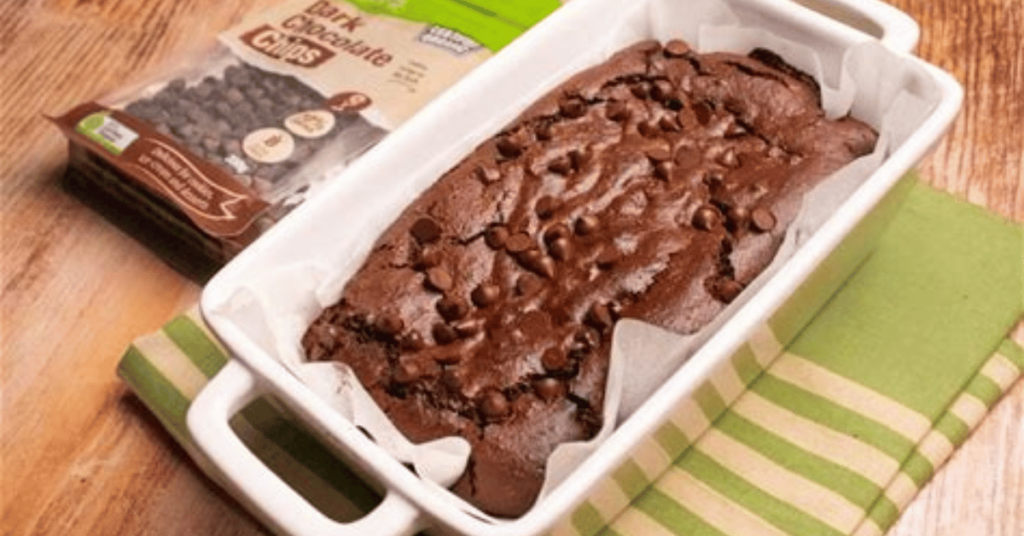
Source: absoluteorganic.com.au
A velvety soup craves a crispy crouton, while a fluffy pancake begs for a drizzle of sweet, syrupy sauce.
Soft vs. Chewy
Tender fish pairs well with roasted vegetables. Chewy gnocchi matches perfectly in smooth pesto.
When you add these elements, you can create a delicious recipe. It will be a captivating adventure for the senses.
Let’s go for the ultimate: your senses.
Beyond the Plate: Engaging the Senses
A genuinely engaging recipe goes beyond just the taste and texture of the final dish.
It’s about crafting a multi-sensory experience. It draws the cook in from the start.
Here’s how to awaken all the senses and create a recipe that’s as captivating as it is delicious.
Visual appeal
We all eat with our eyes first. A visually stunning dish instantly sparks excitement and whets the appetite.
Plating Power
Remember not to underestimate the power of plating!
Use contrasting colours, appealingly arrange ingredients, and add a touch of garnish.
Fresh herbs or a balsamic reduction drizzle elevates a dish’s visual appeal.
Food Photography
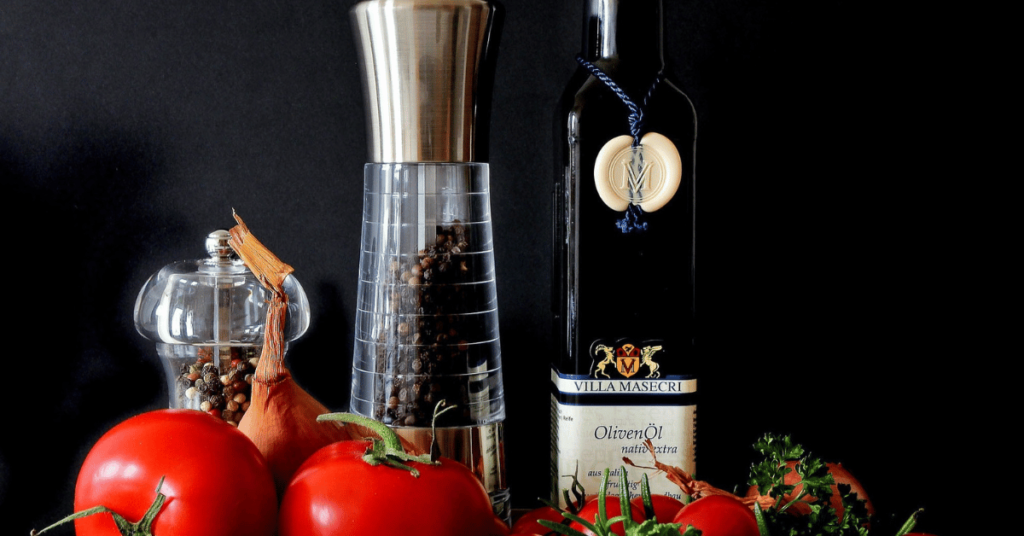
Pixabay/Anelka
In today’s digital world, a captivating photo can be the key to grabbing attention.
Invest in good lighting, experiment with angles, and capture the essence of your dish in a way that makes people want to reach through the screen.
Aromatic Allure
The enticing aroma of a dish simmering on the stove can be a powerful draw. It sets the stage for the culinary experience and builds anticipation.
Fragrant Herbs & Spices
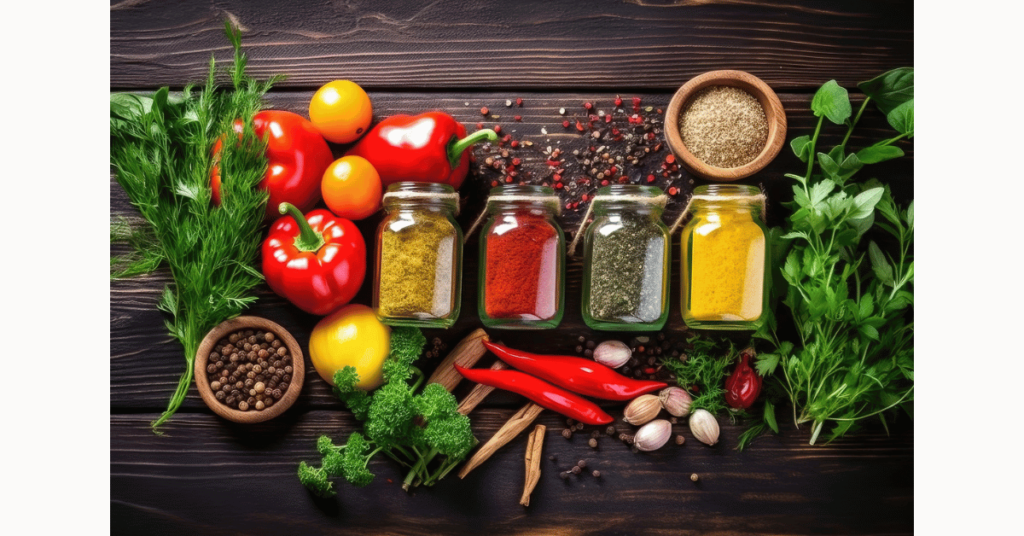
Use fragrant spices like rosemary and thyme. It would help if you used aromatic spices like cinnamon and star anise.
These ingredients don’t just add flavour. They create an irresistible scent. It draws people into the kitchen.
Sizzling Techniques
Cooking meat at high heat, browning onions, or toasting spices releases fantastic smells. They fill the kitchen and signal a tasty meal.
Storytelling Through Food
Food has the power to tell a story, and weaving a narrative around your recipe can make it even more engaging.
Family Traditions
Share a story about a recipe passed down through generations or a dish with special memories.
Cultural Significance
Explore the cultural roots of a dish and weave that history into your recipe.
Travel Inspiration
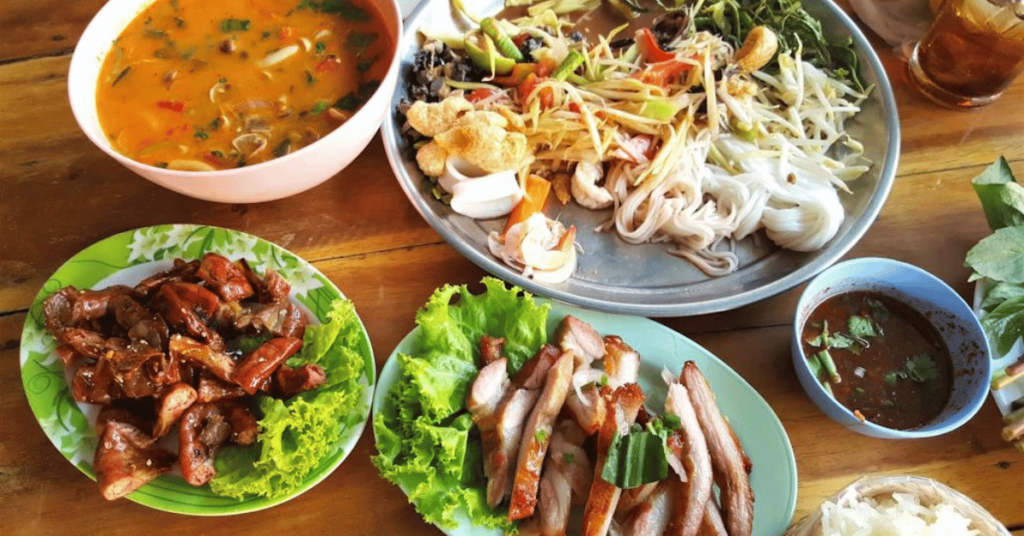
Unsplash/Jerome Jome
Did a trip abroad inspire a culinary creation? Share your travel story and the flavours that influenced your recipe.
Engage all the senses. It turns a recipe from instructions into a vibrant, immersive experience. It draws in your audience and leaves them eager to start their culinary adventure.
Practical Tips for Recipe Writing

Pexels/Shkraba
You’ve unlocked the secrets of crafting engaging flavours, textures, and sensory experiences. Now, let’s turn that magic into clear recipe writing.
Here are some tips to make sure your recipes are not only tasty but also easy to use:
Clear & Concise Instructions
Imagine a friend asking you how to make your fantastic dish. Your recipe should feel like a conversation, guiding them effortlessly through each step.
Structure is Key
Break down your instructions into numbered steps or bullet points for easy readability.
Be Specific, Not Vague
Don’t leave room for guesswork.
Specify cooking times, temperatures, and necessary adjustments based on ingredient variations.
Ingredient Accessibility
The best recipes don’t need a shopping spree for exotic ingredients.
Readily Available
Focus on using common ingredients found in most kitchens.
Embrace Substitutions
Offer suggestions for substitutions or variations for harder-to-find items.
Quantity is Key
Be precise with ingredient measurements. Spell out quantities (one tablespoon, not 1 tbsp) to avoid confusion.
Enticing Titles & Headings
Think of your recipe title and headings as your elevator pitch. They must be clear, informative, and capture the reader’s attention.
Descriptive Titles
Choose a title like “Lemon Herb-Roasted Chicken with Crispy Potatoes” instead.
Informative Headings
Use headings to break down sections, such as “For the Marinade” and “Baking Instructions.” This method will make the recipe well-organized and easy to follow.
These tips can change your recipes from hard to understand.
They empower anyone to recreate your masterpieces.
Conclusion
So there you have it, the secret ingredients to creating engaging recipes!
Focus on flavours, textures, and the senses. It can turn a simple dish into a culinary adventure.
Clear and brief instructions, easy ingredients, and enticing titles are the tools. They will help your readers to bring your creations to life.
Now, it’s your turn to unleash your inner recipe rockstar!
Don’t fear to experiment. Explore new flavours and weave your stories into your dishes.
Remember, the kitchen is your playground.
With these secrets, you can create recipes. They are delicious and ignite a passion for cooking in all who read them.
Happy cooking, and remember to share your culinary creations with us!
In the comments below, let us know what tips resonated most. Also, feel free to share your secrets for crafting engaging recipes.
Ready to put your newfound recipe-writing magic into action? Here are a couple of ways to get started and keep the culinary inspiration flowing:
Challenge Accepted!
We’d love to see you create a recipe incorporating this post’s tips. Please share what you’ve on social networks using the hashtag #EngagingRecipes, and tag us!
Recipe Swap!
Need help with recipe ideas?
Please share a favourite cuisine or flavour profile, and let’s exchange recipe ideas!
